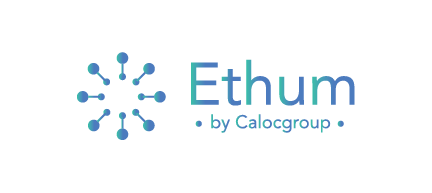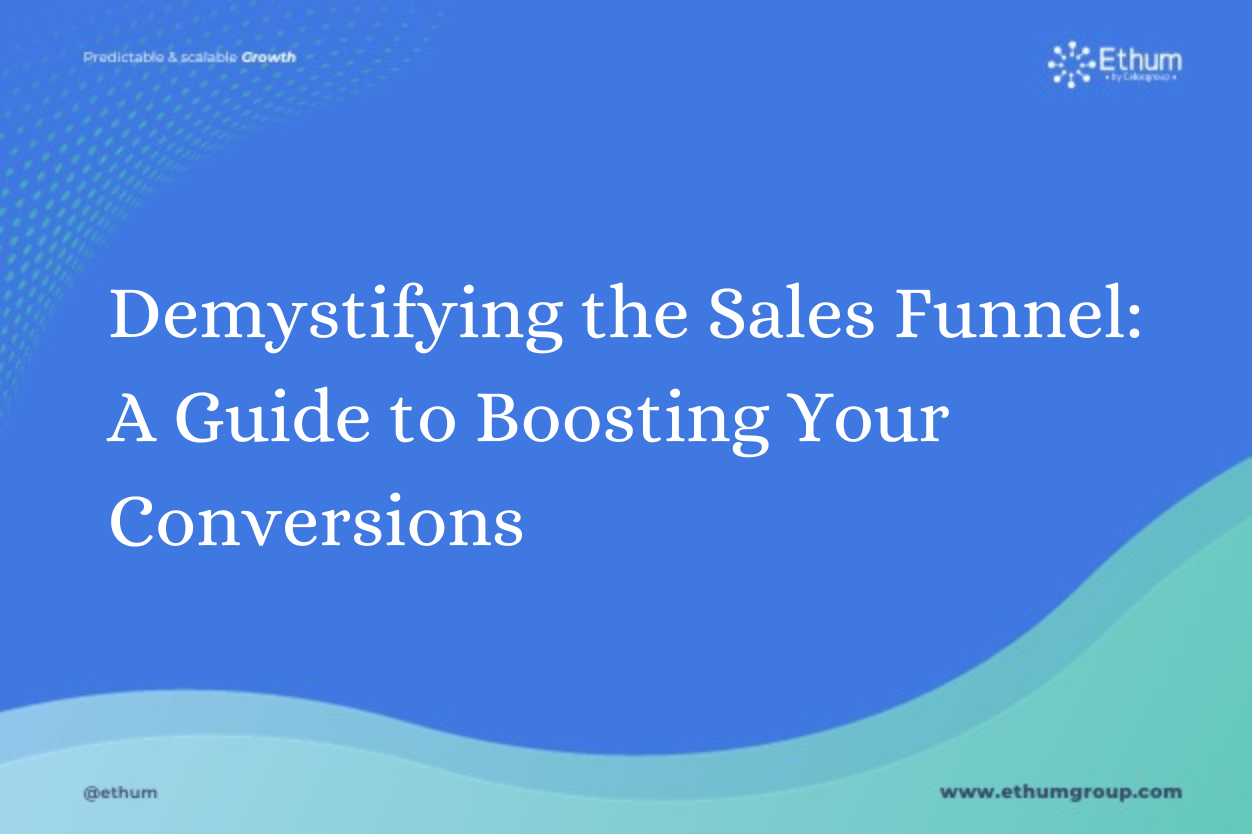In the fast-paced world of digital marketing and sales, understanding the concept of a sales funnel is crucial for success. A well-optimized sales funnel can be the key to turning leads into loyal customers and maximizing your revenue.
In this blog post, we will demystify the sales funnel, break down its stages, and provide valuable insights to help you boost your conversions.
What Is a Sales Funnel?
A sales funnel is a visual representation of the customer journey, illustrating the path a potential customer takes from being aware of your product or service to making a purchase decision.
It’s called a “funnel” because, like a real funnel, it starts wide at the top and narrows down as prospects move through various stages. The primary purpose of a sales funnel is to guide and convert leads into customers systematically.
Understanding the Stages of a Sales Funnel
A typical sales comprises several stages, each with a specific goal and set of activities. Let’s explore these stages:
- Awareness: At the top of the funnel, the goal is to create awareness about your brand, product, or service. Prospective customers become aware of your existence through various marketing channels, such as social media, content marketing, and advertising.
- Interest: Once people are aware of your brand, you want to pique their interest. This stage involves providing valuable content, educational resources, and relevant information that addresses your target audience’s pain points and needs. Your goal is to make them curious and engaged.
- Consideration: In this stage, potential customers are evaluating their options. They may be comparing your product or service with competitors. It’s essential to showcase the unique benefits and features of your offering and provide testimonials, case studies, and reviews to build trust.
- Intent: As prospects move further down the funnel, they start showing intent to purchase. They might sign up for a free trial, request a quote, or add items to their cart. Your job is to make the conversion process as smooth and persuasive as possible.
- Purchase: This is the moment of truth—the conversion stage. The prospect becomes a customer by making a purchase or signing a contract. Ensure the buying process is straightforward, and the customer feels valued.
- Post-Purchase: The sales funnel doesn’t end at the purchase stage. It’s crucial to provide exceptional post-purchase support, ensuring customer satisfaction. Happy customers are more likely to become repeat buyers and brand advocates.
Optimizing Your Sales Funnel
Now that you understand the key stages of a sales, let’s delve into some strategies to optimize it for better conversion rates:
- Know Your Audience: Understand your target audience’s pain points, preferences, and buying behaviors. Tailor your content and messaging to resonate with their needs.
- Content Marketing: Create high-quality, informative content that addresses your audience’s questions and concerns. Blog posts, videos, webinars, and ebooks can all be valuable resources.
- Lead Nurturing: Implement automated email marketing campaigns to nurture leads over time. Provide valuable content, personalized recommendations, and exclusive offers.
- A/B Testing: Continuously test different elements of your funnel, including headlines, calls-to-action, and landing pages, to identify what works best.
- Analytics: Use data and analytics tools to track the performance of your funnel. Identify drop-off points and optimize those areas for better conversion rates.
Customer Feedback
Listen to customer feedback and reviews to identify areas for improvement. Address any issues promptly and use positive feedback for testimonials.
A well-structured and optimized sales is a powerful tool for businesses seeking to grow their customer base and revenue.
By understanding the stages of a sales funnel and implementing effective strategies, you can guide potential customers seamlessly through the journey from awareness to conversion.
Remember that the sales funnel is not static; it requires ongoing refinement and adaptation to stay effective in a dynamic market. Stay customer-focused, and your sales funnel will be a driving force behind your business’s success.

